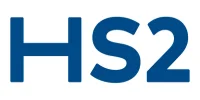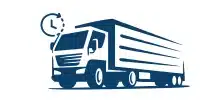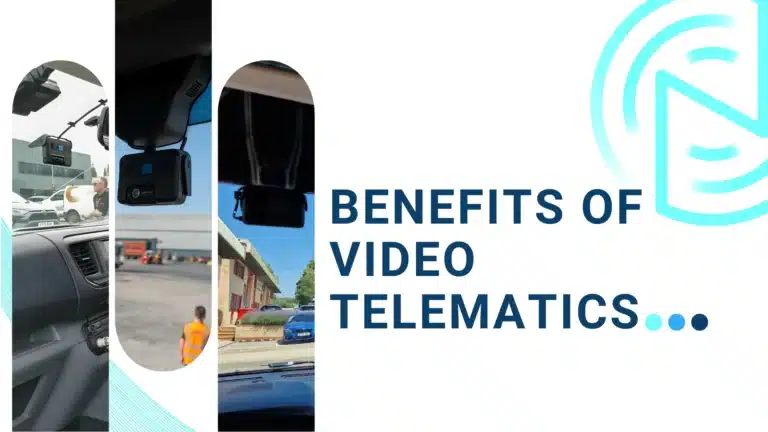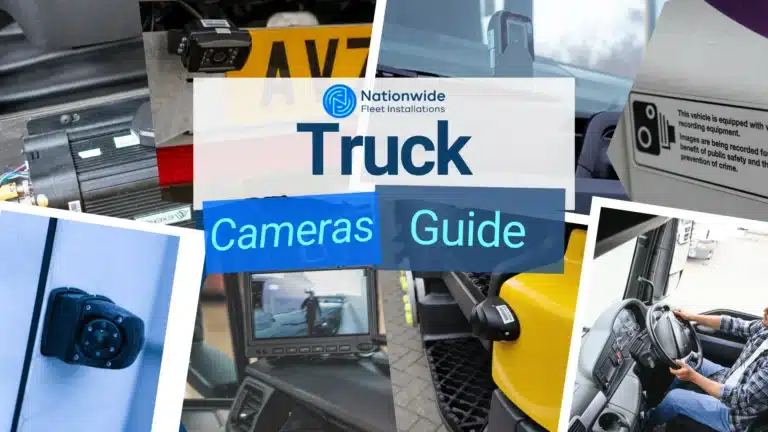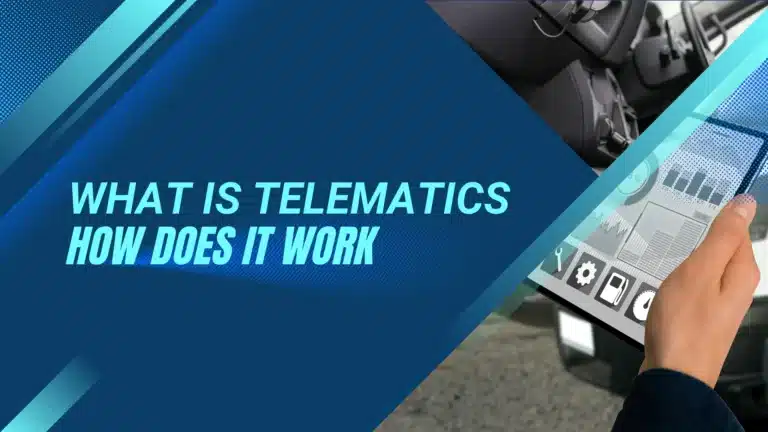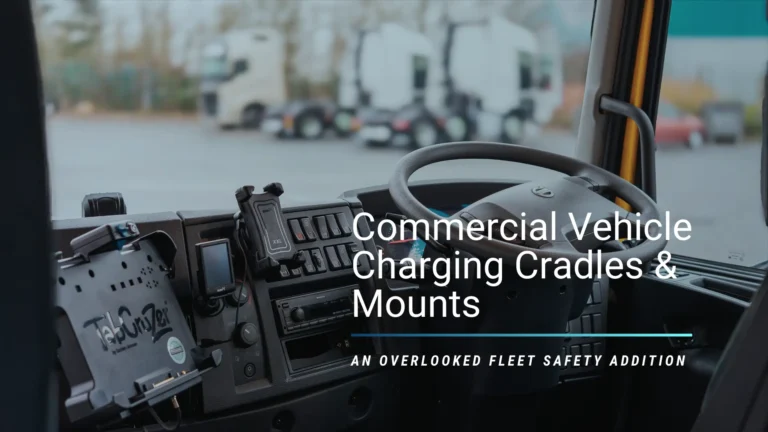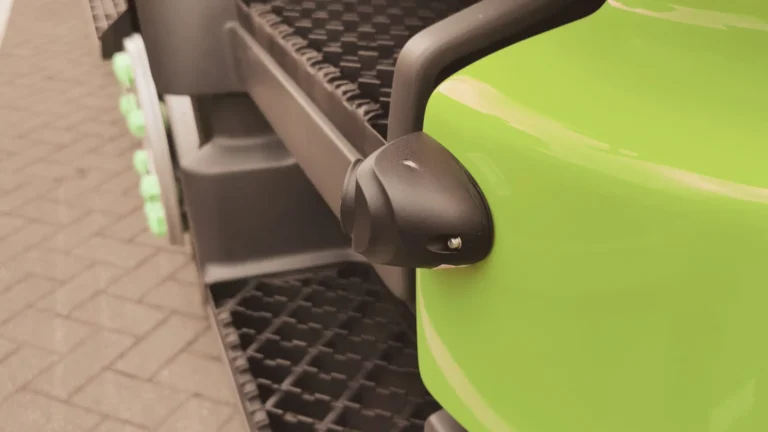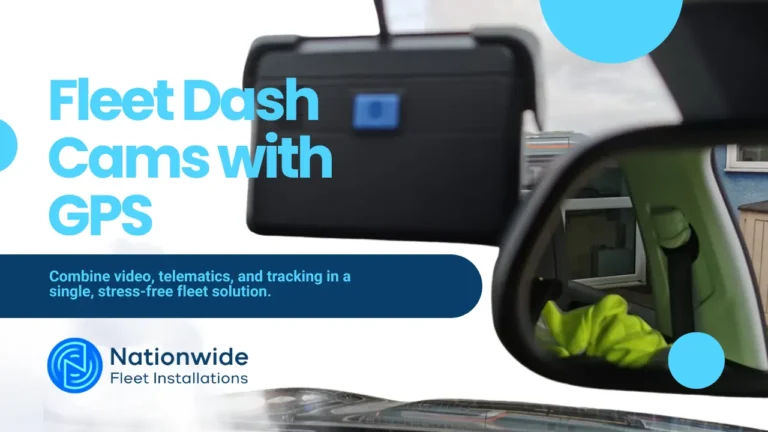Fleet Safety Guide: Why Installation Matters
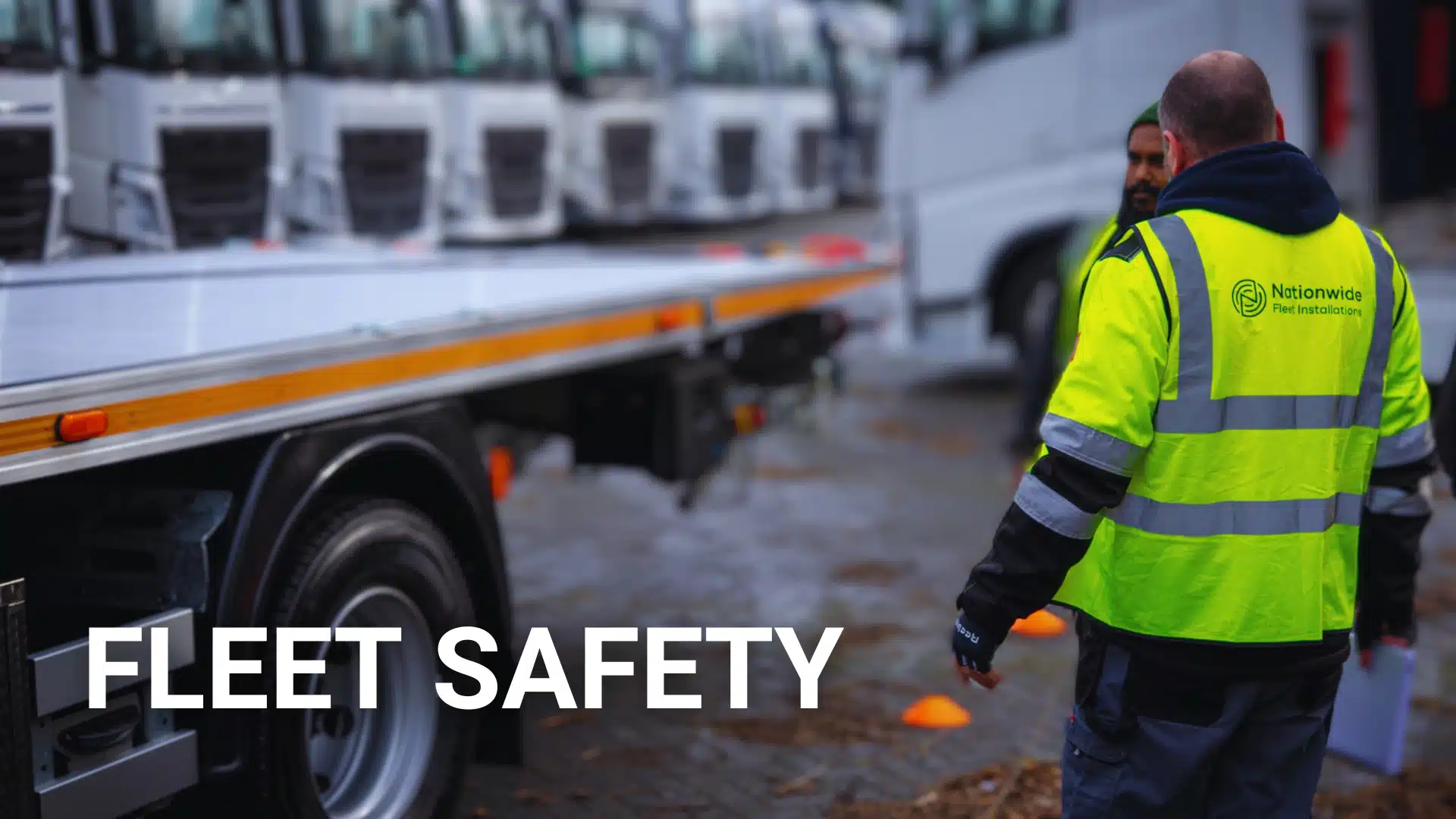
What is fleet safety?
Fleet safety is the systematic management of a group of vehicles to minimise risks and ensure the safety of drivers, passengers, other road users, and the environment. It involves implementing comprehensive safety policies, complying with legal and regulatory requirements, providing driver training, maintaining vehicles, installing vehicle safety technologies, and fostering a culture of safety within the organisation. Fleet safety is both a legal and moral responsibility for fleet operators, transport managers, fleet managers, and business owners who oversee commercial or company vehicles.
Fleet safety involves proactive measures to prevent accidents and promote driver wellbeing through vehicle management, maintenance, driver training, vehicle safety equipment, and regulatory compliance. A solid fleet safety programme doesn’t just reduce risks; it cuts operational costs, reduces accidents, lowers insurance premiums, and promotes positive driver behaviour.
While fleet safety technology and innovation often take the headlines, the installation, retrofitting, and integration of these systems into vehicles are frequently overlooked, yet they are just as critical to achieving real-world safety outcomes.
Why Installation Matters
In fleet management things change, you’ll buy vehicles with that comply with specific safety legislation but regulations change new safety features come out regulations get updated new technology comes out therefore it’s not always practical for operators to buy a new vehicle every time this happens therefore installation becomes key because it allows operators to retrofit equipment such as cameras centres monitors and telematics without having to purchase brand new vehicles every time this saves cost in charge vehicle last their whole lifetime.
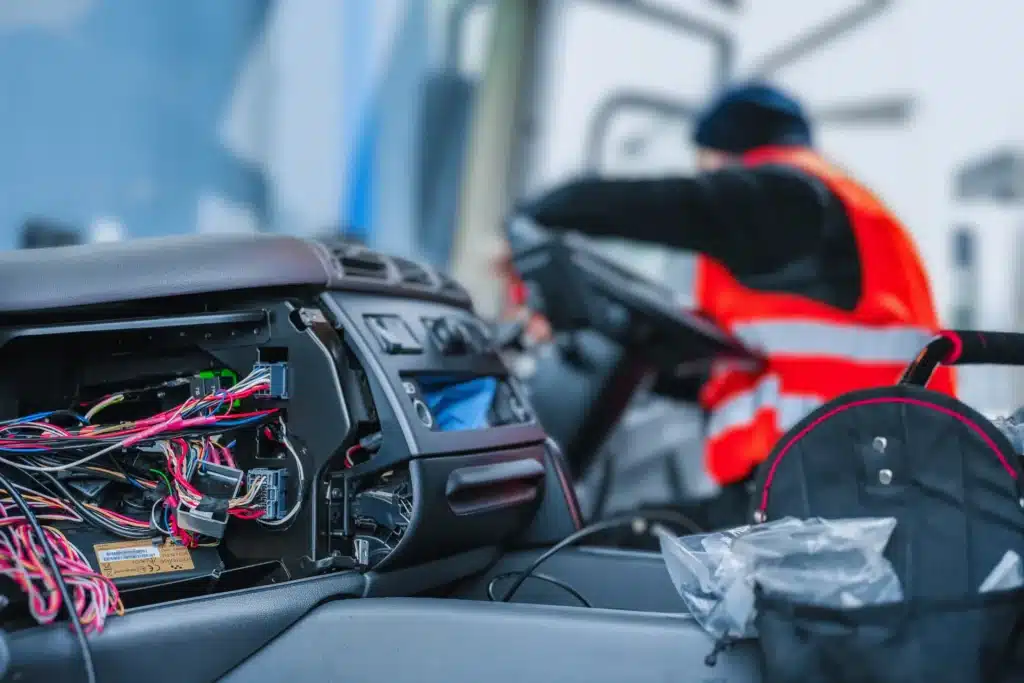
That’s why installation becomes key. It enables operators to retrofit fleet safety equipment, such as cameras, sensors, monitors, and telematics, without needing to purchase brand-new vehicles each time. This not only saves costs but also helps vehicles stay compliant and safe throughout their whole working life.
Compliant Integrations
Fleet safety technology often needs to be installed inside the cab, which includes monitors, driver-facing cameras, dash cams, in-vehicle CCTV, and other display or recording equipment. Installing this safety equipment isn’t simply a matter of sticking a device anywhere it fits. Fleet managers have a responsibility to ensure that anything fitted inside the cab, especially on or around the windscreen, does not obstruct the driver’s field of vision.
Obstructed views create serious safety risks. Even a small device placed in the wrong position can become a distraction and block the driver’s view. This is especially important when driving in busy environments, where even a moment of compromised vision can have dangerous consequences.
Beyond the safety concerns, poor placement of fleet safety technology can lead to regulatory and compliance issues. A typical example is vehicles failing MOT tests because of improperly mounted cameras and monitors.
That’s why all in-cab telematics and fleet safety device integrations must be carried out by professionals who understand both the safety and legal implications, and who will mount devices in a way that supports the driver, not hinders them.
Cable management
The same goes for cable management. Many fleet safety products require wiring into the vehicle, often necessitating multiple cables for communication, power, and additional functions.
When installing fleet safety solutions, it’s essential that all wiring uses the vehicle’s existing cable runs, looms, and cable tidies wherever possible. This helps maintain a safe operating environment for the driver.
You wouldn’t want cables interfering with driving controls or causing someone to trip as they enter the cab. Not only is this a safety risk for the driver, but poorly managed cables can also damage the vehicle’s hardware or affect its electrical systems.
Proper mounting solutions for your fleet
When adding new devices, all components and safety technology must be properly integrated into the vehicle. Technology, such as camera monitor systems, electronic logging devices, rugged tablets, phones, and computers, includes ensuring that mounting solutions are securely and permanently fixed into the vehicle.
It’s common to see communication devices left loosely installed in the cab, often powered via cigarette lighter chargers and held in place with poor-quality mounts. This not only affects the driver’s experience but also reduces the likelihood that the technology will be used effectively.
By installing fit-for-purpose, professional mounting solutions, drivers are more likely to engage with the equipment, ensuring all devices remain secure, accessible, and safe to use, which improves the adoption rate and makes life easier for drivers, enhancing safety.
Reducing driver cognitive overload
A professional installer can help ensure that drivers don’t experience cognitive overload, not just by correctly fixing and positioning equipment, as already discussed, but also by identifying and disabling unnecessary systems.
For example, in some HGV fleets that have upgraded from the old Safe System to the new Progressive Safe System, leftover sensors from the previous setup are still active. This often results in drivers being subjected to constant and unnecessary alerts or warning bleeps from systems that no longer function properly or are no longer required.
An experienced installer can identify and disable these redundant systems, helping to reduce distractions and ensure that drivers can operate their vehicles comfortably and safely, without being overwhelmed by technology that’s not needed.
Following specs
Most safety-related telematics solutions have specific technical requirements and guidelines. It’s important to follow these guides and calibrate properly to ensure they function as intended, providing maximum benefit to both the customer and end user.
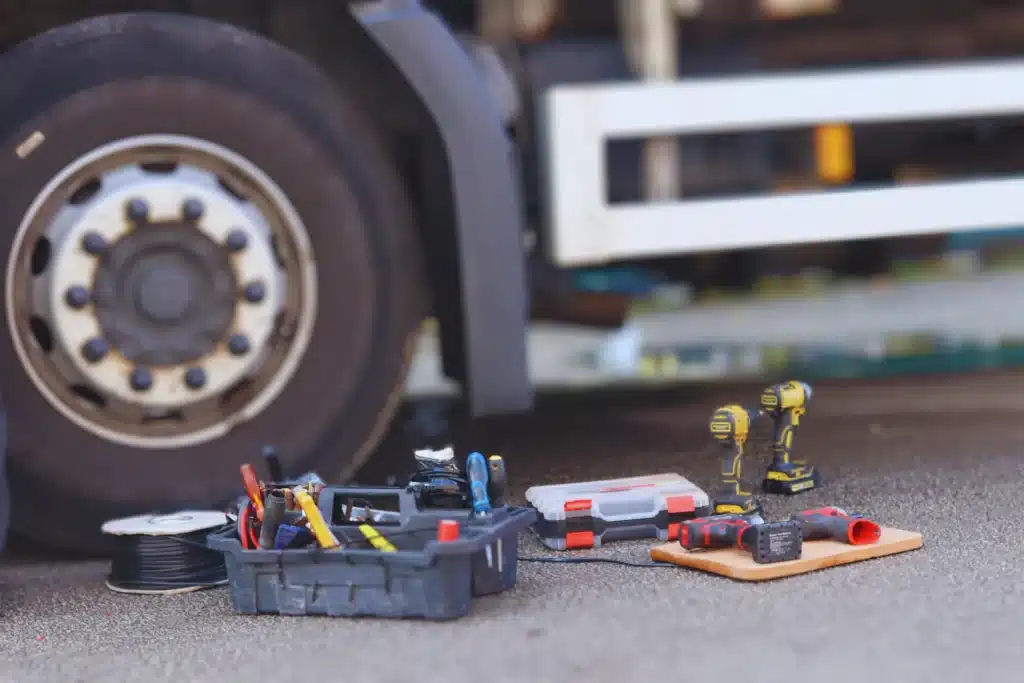
For example, vehicle camera systems using AI, temperature monitoring systems, tyre pressure monitoring systems, and electronic brake performance monitoring systems (EBPMS) all rely on specific parameters to work effectively.
A professional installer will understand these technical specifications and ensure the specifications are followed. They’ll also test and configure the equipment so that everything is working from day one. This reduces the risk of vehicles going out with faulty or non-functioning safety systems, something that could lead to downtime, false alerts, fines or vehicles being refused access to sites.
Installers can also support your drivers by providing demos and explanations of how the kit works once it’s installed. To conclude, fleet safety systems must be properly calibrated and tested before they are rolled out across your fleet.
Electrical Vehicle installations
As fleets transition towards more environmentally efficient vehicles, such as electric vehicles, it’s vital to ensure that any technology integration is done safely and correctly.
Electric vehicles have unique requirements, and working with them often requires specialist training. That’s why it’s important to use professional installers who are properly trained to work with EVs and understand how to integrate safety and telematics systems without causing damage or creating safety risks.
Professional installers will ensure that everything is fitted in line with manufacturer guidance and industry standards, helping you protect your investment and maintain compliance.What fleet safety is about
What Fleet Safety Is Really About
To have a solid fleet safety programme that maximises the effectiveness of your safety systems and enhances fleet safety, you also need to consider the broader context of your fleet, including its operations and the types of risks your drivers and vehicles are exposed to.
All of these factors influence the type of fleet safety technology you will invest in, how it should be installed, what kind of solution is suitable in the first place, the data to be tracked, and fleet safety key performance indicators. A one-size-fits-all approach doesn’t work; for example, the type of fleet safety cameras for an articulated HGV and the number of cameras needed can be a very different task compared to fitting technology in a light commercial van.
That’s why fleet safety programme, safety technology, and installation shouldn’t happen in isolation. It needs to be part of a wider fleet safety strategy that considers your fleet mix, operating environments, driver behaviour, vehicle use, and regulatory requirements.
Fleet Mix
Fleet safety starts with understanding your fleet mix. Do you operate just one type of vehicle, or is your fleet made up of several different types? This is important, as it allows you to assess risk accurately and choose the right installation partner for your specific vehicles.
HGVs
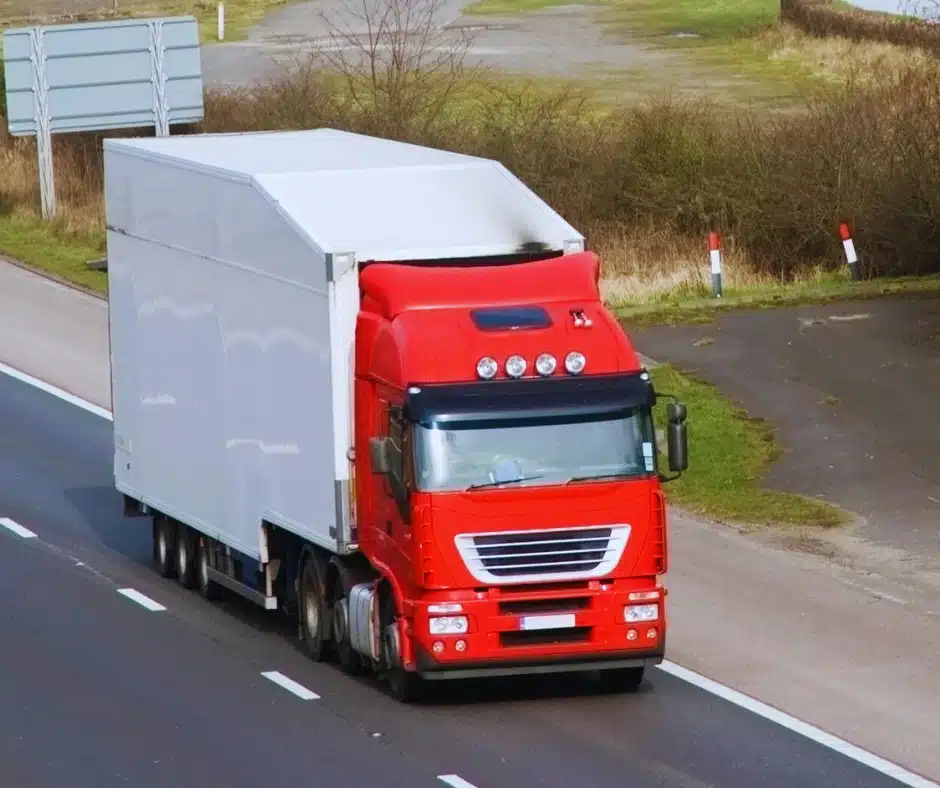
If you manage a fleet of trucks, you’ll know they have blind spots where the driver has little or no visibility. This increases the risk of accidents, especially for vulnerable road users like cyclists and pedestrians. Risks are also higher during specific manoeuvres, such as changing lanes, reversing, or making left turns. The size and weight of HGVs mean that, if an accident were to occur, the consequences could be severe. Additionally, HGV drivers often work long hours, which can increase fatigue and risk.
Once you’ve identified these characteristics, you can select the right fleet safety measures and associated technologies. For example, you may need to invest in camera solutions, left-turn alarms, warning systems, and brake performance monitoring. It’s also crucial to have an installation partner who can fit these technologies correctly.
Vans

For vans, similar principles apply. It’s important to consider the vehicle’s weight, as due to the nature of their use, vans can be prone to overloading. Van drivers are often at risk of distracted driving, needing to check sat navs and job sheets whilst on the move. Statistically, vans are involved in more accidents due to these distractions. While vans don’t necessarily crash more than other vehicles, when they do, the outcomes can be serious for other road users.
Driver behaviour is a key concern for van fleet operators. Driver behaviour monitoring and mounting solutions tools can help ensure drivers are alert and not distracted or suffering from fatigue.
The Technology
Camera Systems
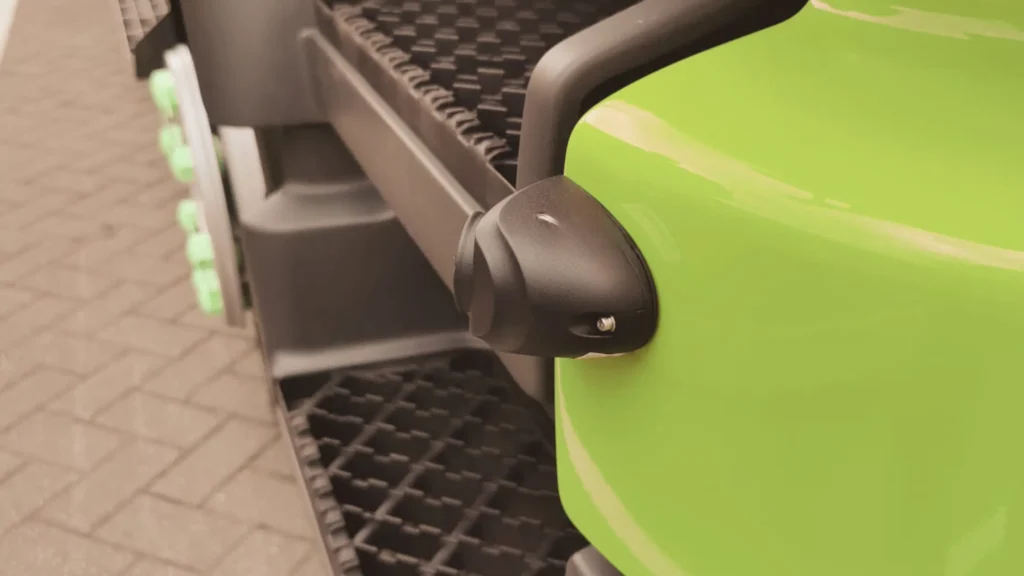
Cameras reduce blind spots and help drivers manoeuvre safely. They can also prevent insurance fraud and provide valuable footage for incident reviews, insurance claims, and driver training. Meeting FORS regulations often requires incident review capability, making vehicle cameras essential.
Warning Systems
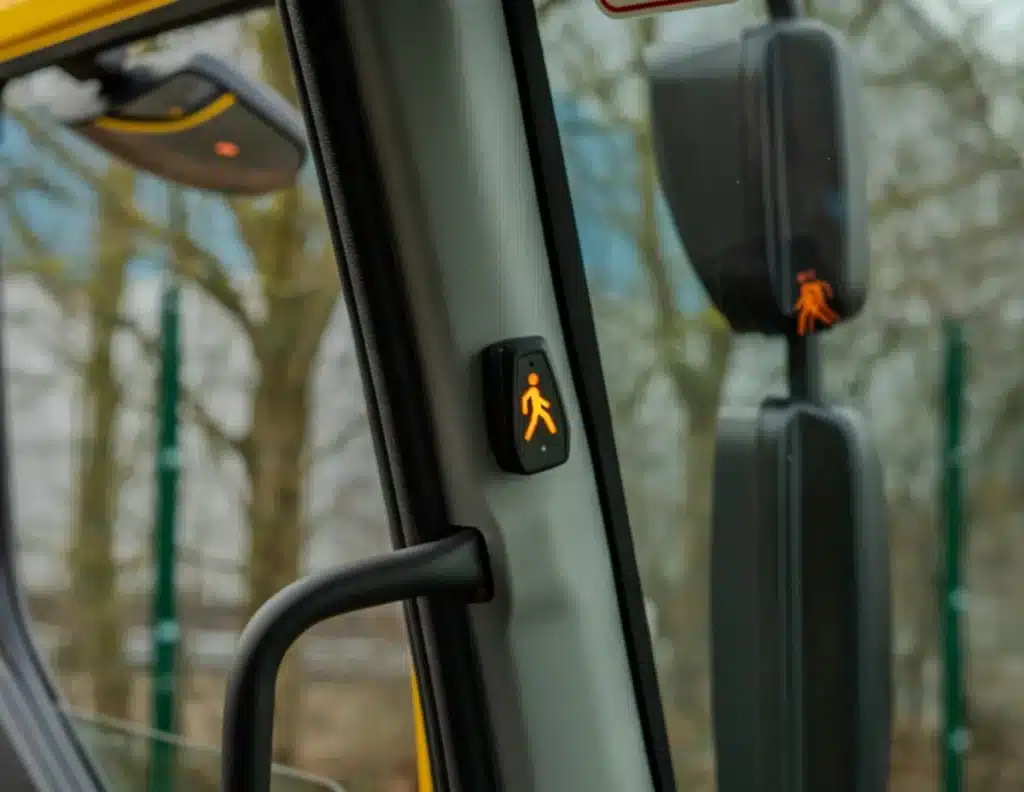
These alert drivers to vulnerable road users when the vehicle is about to make a manoeuvre, for example, left turn warning alarms and LED cycle warning lights. Other fleet safety systems also provide warnings for hazards like low bridges, nearby pedestrians, or vehicles ahead. More intelligent systems can distinguish between stationary road furniture and moving vulnerable road users, reducing false alarms and cognitive overload.
Fleet Tracking
GPS and Fleet Tracking systems monitor how vehicles are used, identifying events such as speeding, harsh braking, or sharp cornering. They also help keep track of driver hours and lone worker status.
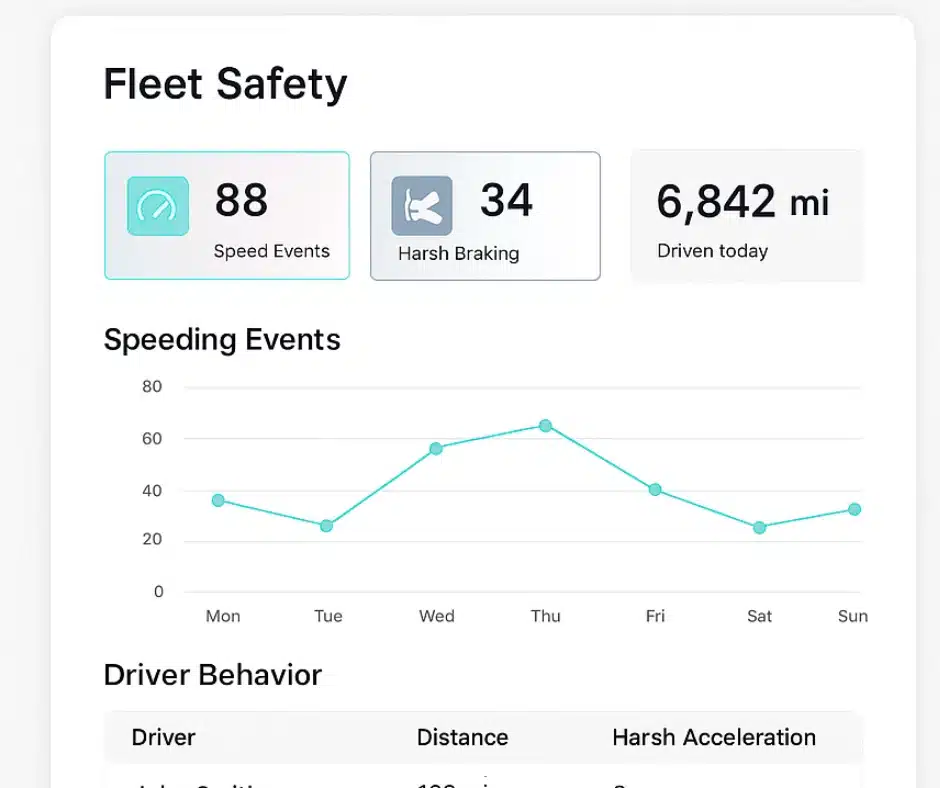
Driver Behaviour Monitoring
Behaviour monitoring tools help ensure drivers are fit to operate their vehicles. These can detect signs of drowsiness or distraction, helping to reduce risk.
Improving Safety
Reducing The Risk of Accidents
Accidents aren’t just about injuries; they can lead to vehicle downtime, repair costs, and the need for temporary replacements. Rising repair costs also impact insurance and operations. That’s why fleet safety should focus on reducing risk and preventing accidents, rather than just responding to them.
Protecting Vulnerable Road Users
It’s vital to think beyond your vehicles and consider the wider environment, especially in busy urban areas where your fleet may operate around pedestrians, cyclists, and motorcyclists. These vulnerable road users lack the protection of a vehicle body, so collisions can be especially serious or even fatal.
Promoting Safe Working Sites
Fleet safety isn’t just about public roads. Many fleets operate on sites across the country, where there are additional risks. Safe site movements, especially reversing, should be carefully managed. Maintaining a safe distance between vehicles and people on site is crucial to reduce the risk of accidents.
The Health and Safety Executive highlights reversing as one of the most dangerous manoeuvres at work. High-visibility clothing for staff and adequate lighting for vehicles are also important safety measures.
Ensuring Drivers Get Home Safely
Fleet safety is about protecting drivers as well as vehicles and other road users. Driving for work is one of the most dangerous activities many employees will do, so driver safety must be a priority. Drivers are people with families; it’s vital they get home safely every day.
Work-related road risk (WRRR) training ensures drivers have the knowledge and skills to recognise, assess, and manage risks. Every sector where people drive for work is affected by road risk, and the consequences of incidents can be significant.
Reduced Insurance Premiums
A strong fleet safety programme can lead to lower insurance premiums over time. Proactive safety management and investment in technology, such as cameras, warning systems, and telematics, help build a positive risk profile for your fleet. Fewer claims and accidents will improve your insurance history and save money in the long run.
Ensuring Compliance
Fleet safety technology should help you meet compliance standards for commercial vehicle operators, such as FORS, DVSA regulations, driver hours, vehicle weight, and brake performance testing. The right equipment also helps you comply with schemes like CLOCS.
What Fleet Safety Is Not
Investing in fleet safety technology shouldn’t be a tick-box exercise. It’s not just about adding equipment, policies, and copying procedures from other operators without a strategy. It’s about having a clear plan tailored to your drivers, vehicles, ongoing safety issues, and regulatory requirements.
Involve your drivers in the process, as they experience the challenges first-hand. If drivers feel technology is intrusive, such as driver-facing cameras or tracking, it’s essential to communicate openly and involve them in the decision-making process.
Conclusion
Neglecting fleet safety can have serious and far-reaching consequences, ranging from financial penalties and the suspension of your operator’s licence to injuries or, in the worst cases, loss of life.
That’s why fleet safety must be approached as a whole, not just as a box-ticking exercise. It’s about bringing together clear policies, driver engagement, regular feedback, vehicle safety technology, and crucially, professional installation. Each of these plays a vital role in building a safer, more compliant, and more efficient fleet.
If you’re considering fitting vehicle safety equipment to your fleet or want to explore the best way to roll out fleet safety technology that truly works, with proper integration, reduced risk, and driver wellbeing in mind, we’re here to help.





